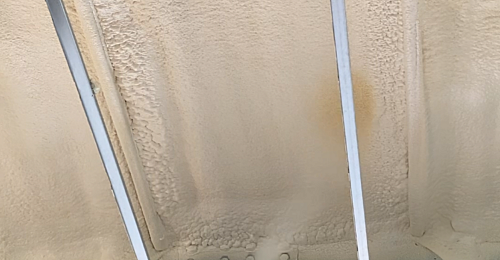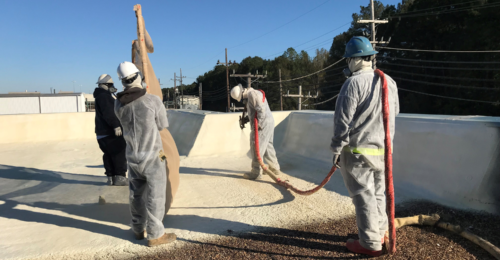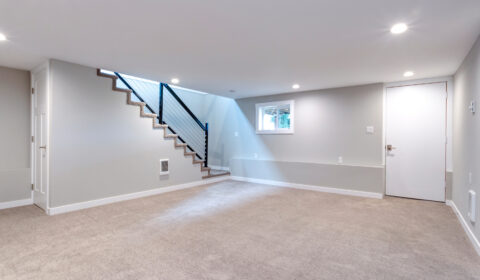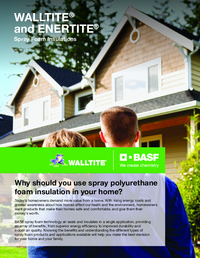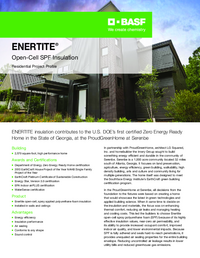Spray Foam: It’s More Than Just Insulation
Spray polyurethane foam (SPF) insulation is a versatile and efficient solution that surpasses traditional insulation. It has been used for decades, not only in homes, but in various buildings like hospitals, government facilities, and schools/universities due to its exceptional energy efficiency and ability to improve indoor quality and comfort. In fact, our WALLTITE® closed-cell and ENERTITE® open-cell are GREENGUARD certified, meeting strict indoor air quality standards.
Spray foam is highly effective in sealing even the hardest-to-reach areas, eliminating drafts and further enhancing energy efficiency. It helps keep you warm and cozy in the winter, yet cool and comfortable in the summer. When you choose spray foam insulation, you’re choosing to create a healthier and more comfortable, energy efficient living environment.




